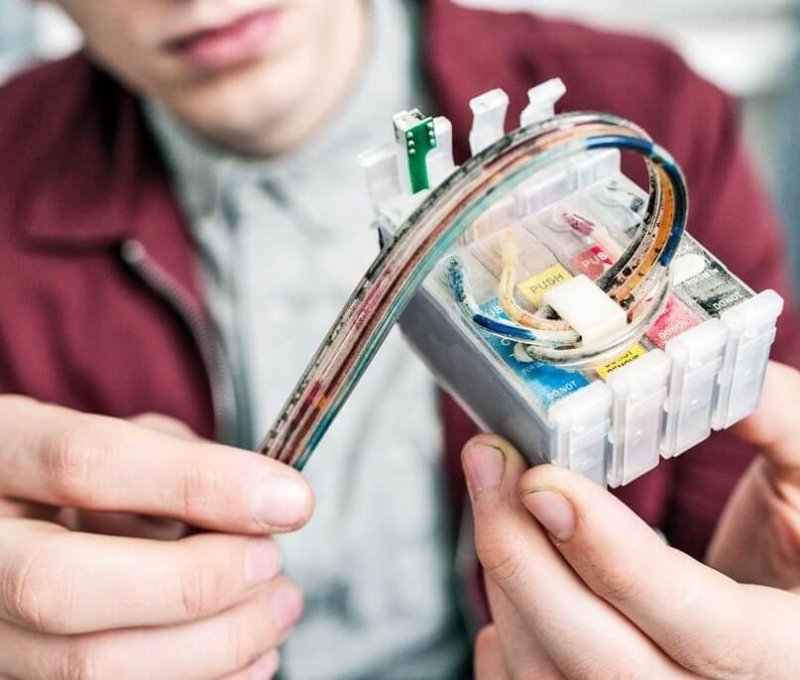Inkjet printers and lasers are parts of a new way to produce cells important to research on nerve regeneration.
…
Researchers at Iowa State University have developed a nanotechnology that uses inkjet printers to print multi-layer graphene circuits….It turns out mesenchymal stem cells adhere and grow well on the treated circuit’s raised, rough, and 3D nanostructures. Add small doses of electricity—100 millivolts for 10 minutes per day over 15 days—and the stem cells become Schwann-like cells, [which secrete substances that promote the health of nerve cells].
“This technology could lead to a better way to differentiate stem cells,” says Metin Uz, a postdoctoral research associate in chemical and biological engineering.
…
The researchers report the results could lead to changes in how nerve injuries are treated inside the body.
“These results help pave the way for in vivo peripheral nerve regeneration where the flexible graphene electrodes could conform to the injury site and provide intimate electrical stimulation for nerve cell regrowth,” the researchers write in a summary of their findings.
[Read the original source here]The GLP aggregated and excerpted this blog/article to reflect the diversity of news, opinion, and analysis. Read full, original post: How inkjet printers help transform stem cells
For more background on the Genetic Literacy Project, read GLP on Wikipedia































